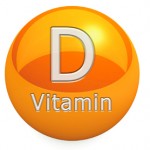At the same time, such studies would be difficult because there are so many confounding variables that can affect disease, Dr. Kaplan says.
It would also be valuable to see research that correlates vitamin D levels with an increase or decrease in falls within the rheumatology population, Dr. Russell says.
ad goes here:advert-1
ADVERTISEMENT
SCROLL TO CONTINUE
There are some vitamin analogues under research that may exert the immunomodulatory effects of vitamin D while dissociating it from its effects on calcium metabolism, Dr. Efthimiou says.
Vanessa Caceres is a medical writer in Bradenton, Fla.

